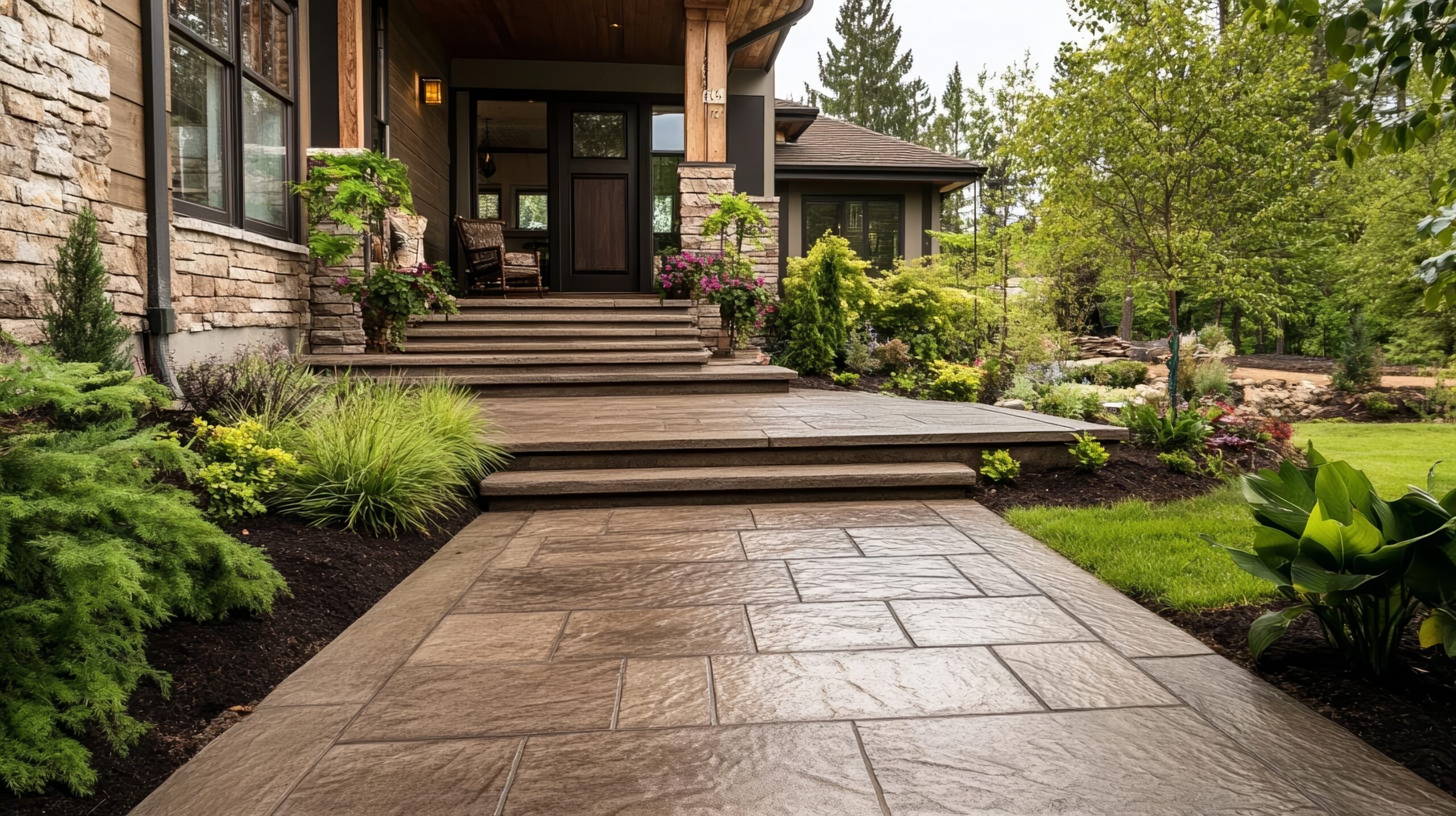Concrete pathways are an eye-catching, practical way to increase the appeal and functionality of your yard. These pathways are low-maintenance, durable and versatile. Here are some tips if you’re considering installing a pathway in your yard.
Determine where the path would work best
Your design should have a clear purpose and function. Good landscaping and yard design all come down to utility; think about how the path will influence foot traffic and navigation, whether it will require additional lighting, and how it will impact the overall flow of the space. Consider where water flows and drainage if you live in a wetter area.
Consider the route of the path for a natural flow
A nice concrete pathway will follow the curve of your yard, creating a seamless sense of connection that goes from one point to another. You may have the path go entirely through the yard, leading from the home to an exit, or you could have the path lead to the yard or a garden.
Consider how the pathway will impact yard access. If you’re installing a path in front of your home, consider its connection to the sidewalk, driveway, and possibly a wraparound to the side of the property.
Research types of concrete
You have several options for paving your new pathway, each offering unique visual benefits. Plain concrete is the most cost-effective and has a clean look. Stamped concrete recreates the look of natural stone, giving you a more rustic and earthy appearance.
For slip-resistant concrete, you may consider an aggregate-stone pathway. This concrete uses granular materials, such as sand or gravel, to increase durability and offer enhanced resistance that can minimize fall risks.
Designing the rest of the yard
Your new pathway will significantly affect your yard, but you should also consider the surrounding landscape. You can accentuate the path with lights, such as lanterns, or create a natural feeling with curving rows of flowers or shrubs. Furthermore, you should consider how the pathway’s visual impact will affect your existing layout. Will you need to rearrange your garden? Do you have to remove trees or shrubs before paving the path?
Perform a thorough yard assessment to determine your pathway’s exact layout and needs. Working with a professional is the best way to ensure you get the best design and choose the perfect type of concrete for your dream pathway. Experts take the weather and your yard’s unique features into consideration to create something both beautiful and long-lasting.
Whatever your design goals are, TheHomeMag is your one-stop source for DIY and home renovation tips. Follow us on Facebook or Instagram for more content to help inspire you!



